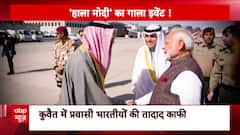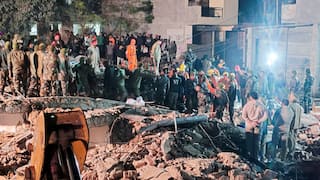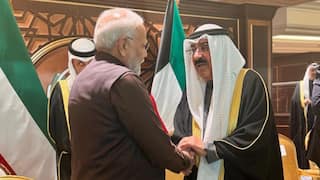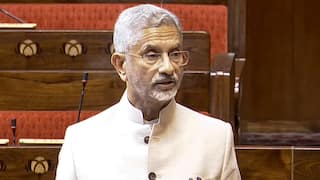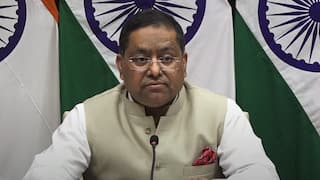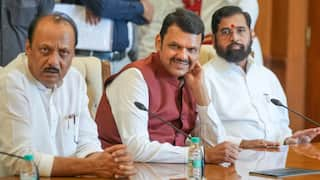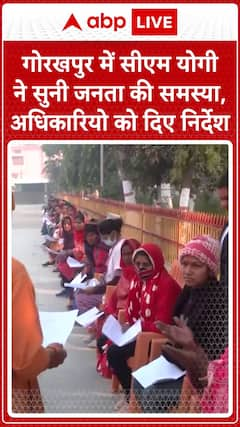Book Review: How Did Ancient India Touch The World? William Dalrymple Counts The Ways In ‘The Golden Road’
While ancient India’s reach is well-known, Dalrymple reframes the discourse in 'The Golden Road: How Ancient India Transformed the World', focusing not merely on what was exported but how it happened.

William Dalrymple’s latest offering, The Golden Road: How Ancient India Transformed the World, shines as a richly narrated exploration of India’s contributions to the world, both through its intellectual legacy and its expansive trade networks. Dalrymple has long been revered for his talent as a historian and storyteller, especially in his works about India. In this book, he continues his journey through India’s past, meticulously tracing the contours of ancient India’s ideas and innovations that travelled far and wide, influencing the globe in ways that are both familiar and unexpected.
While ancient India’s reach is well-known to many — its trade in spices, gems, and cotton with Rome, the propagation of Buddhism, and the intellectual contributions of figures like Aryabhata — Dalrymple reframes this discourse, focusing not merely on what was exported but how it happened. Central to his argument is the role of maritime routes, which he posits as even more significant than the fabled Silk Road. India’s strategic location, especially its monsoon winds, made sea travel both faster and safer, allowing for the swift dissemination of not just goods, but knowledge, across vast distances.
The Maritime Empire of Ideas
Willam Dalrymple’s argument about the maritime connections that enabled India’s empire of ideas forms the backbone of The Golden Road. The waterways connecting India to Persia, Arabia, Africa, and Europe on one side, and to Southeast Asia and China on the other, allowed India to serve as a hub of intellectual exchange and trade. Ancient India’s exports extended beyond physical products — spices, gems, and textiles — to abstract realms, such as Buddhism, Hinduism, and mathematical innovations like the number zero.
He carefully introduces the key players in this intellectual transfer: emperors like Chandragupta Maurya and Ashoka, whose embrace of Buddhism helped spread the religion across Asia; mathematicians such as Aryabhata and Brahmagupta, whose astronomical texts found their way to the courts of the Abbasid caliphs; and cultural emissaries like the Chinese monk Xuanzang, who spent years in Nalanda, carrying Buddhist teachings back to China. Dalrymple also sheds light on lesser known yet equally important figures, such as Kumarajiva, who translated Buddhist texts into Chinese, and the Barmakid family, former Indian Buddhists who became powerful viziers in Baghdad, bringing Indian scientific knowledge into the Islamic world.
A Balancing Act Between Narratives
Dalrymple nicely travels between historical analysis and captivating storytelling, making the dense subject matter accessible and engaging. His strength lies in humanising the historical figures whose actions shaped the spread of Indian thought and knowledge. He recounts Xuanzang’s arduous journey across the Silk Road, travelling treacherous mountains and deserts to reach India, vividly bringing to life the monk’s devotion to learning and the significant impact that Indian monastic education had on him and the Tang dynasty in China.
However, Dalrymple’s extensive pursuit of how Indian ideas were received abroad sometimes shifts the focus away from India itself. While tracing the global trajectories of Indian knowledge, he occasionally leaves the subcontinent behind for long stretches, engrossed in foreign court politics and intrigues that, while fascinating, risk losing sight of the Indian origins of these exchanges. For instance, while discussing the spread of Buddhism to China or the adoption of Indian mathematical concepts in Baghdad, the book devotes pages to foreign rulers like Chinese empress Wu Zetian or the Abbasid Caliph Mansur. These sections, while informative, might leave readers yearning for a deeper dive into the conditions within India that produced these world-changing ideas in the first place.
A Vast Geographical And Temporal Sweep
One of the book’s most impressive feats is the vast scope Dalrymple tackles. He spans centuries from the 5th century BCE to the 13th century CE and covers an enormous geographical area, what he calls the ‘Indosphere’, stretching from the Hindu Kush in the west to the Pacific Ocean in the east. This enormous range is both a strength and a challenge. On the one hand, it demonstrates the staggering extent of India’s cultural and intellectual influence. On the other, it sometimes pulls the narrative in too many directions, making it hard for the reader to keep track of the central thesis.
Where The Golden Road truly excels is in its vivid descriptions of the places where India’s influence is still visible today. Dalrymple’s travel writing is at its finest when he describes the sculpted walls of Borobudur in Indonesia or the reliefs of Mahabharata scenes in Cambodia’s Angkor Wat. His deep immersion in these ancient sites allows the reader to see firsthand how far India’s religious and cultural exports travelled, leaving indelible marks on foreign lands.
Challenges And Observations
Yet, as with many grand historical narratives, The Golden Road has its limitations. The book often leans heavily on India’s soft power in the ancient world, perhaps glossing over some of the harsher realities of these exchanges. While Dalrymple touches on the violence of early Indian rulers like Ashoka before his conversion to Buddhism, or the forced migrations that brought Indian scholars to Baghdad, there is a tendency to romanticise India’s influence abroad as a largely peaceful and benign force. This is particularly evident when Dalrymple contrasts India’s intellectual exchanges with the more aggressive conquests of the Mongols or the Turks. The narrative occasionally veers into celebratory territory, where India’s impact seems almost entirely positive, without enough attention to the complexities or darker aspects of its historical footprint.
Dalrymple’s final chapters also touch on the contemporary debates surrounding Indian history, though briefly. He acknowledges the increasingly politicised nature of history in modern India, where the ruling BJP has sought to merge mythology with history, promoting a vision of an ancient India that was not just culturally dominant but technologically advanced in ways that seem anachronistic. While The Golden Road may provide fodder for Hindu nationalists eager to trumpet India’s past glories, Dalrymple maintains a nuanced stance, emphasising that India’s influence was based on trade, intellectual exchange, and cultural diplomacy rather than military conquest.
The Golden Road is a sweeping and ambitious work that speaks to Dalrymple’s strengths as a storyteller and historian. It illuminates how ancient India played a central role in shaping the early intellectual and cultural landscapes of Asia, the Middle-East, and Europe. However, the book’s global focus sometimes comes at the expense of a deeper exploration of the domestic forces driving these innovations within India. Readers looking for a comprehensive account of ancient India’s contributions to the world will find much to enjoy here, but they may also need to seek out complementary works to fill in some of the gaps in this fascinating, yet not entirely complete, narrative.
Ultimately, The Golden Road reaffirms Dalrymple’s position as a master of popular history. It offers a compelling, if at times selective, portrait of how India’s ideas travelled far beyond its borders, transforming the world in ways that continue to resonate today.
Book: The Golden Road: How Ancient India Transformed the World by Wlliam Dalrymple
Publisher: Bloomsbury
Price: Rs 999
Ashutosh Kumar Thakur is a Bengaluru-based management professional, curator, and literary critic
[Disclaimer: The opinions, beliefs, and views expressed by the various authors and forum participants on this website are personal and do not reflect the opinions, beliefs, and views of ABP News Network Pvt Ltd.]
Trending News
Top Headlines












